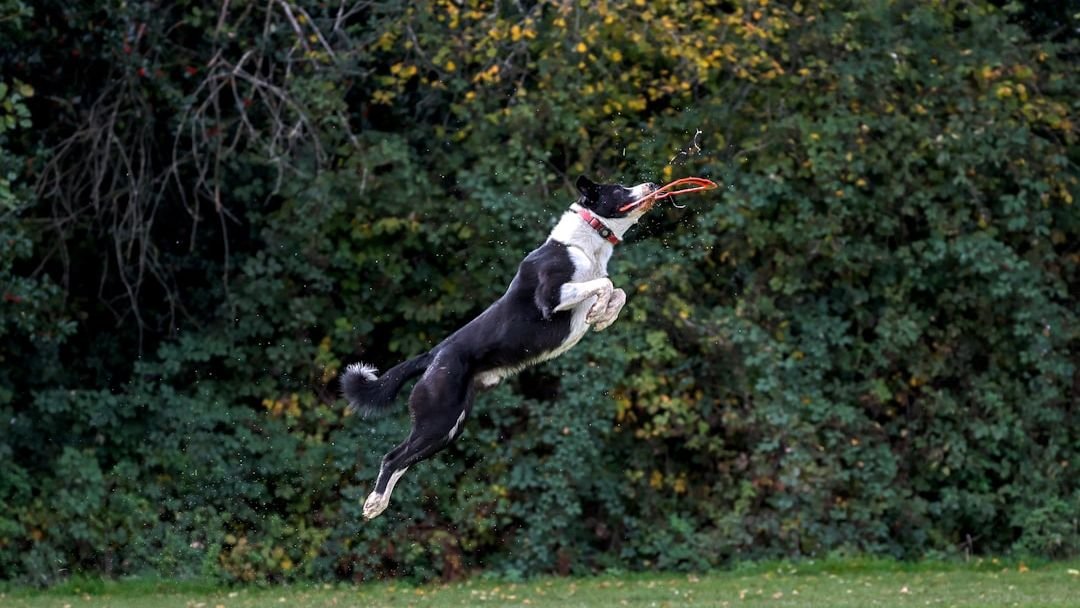seems like the simplest thing in the world, yet countless pet parents unknowingly turn what should be peaceful outings into chaotic adventures. I’ve watched dogs drag their humans down sidewalks like furry torpedoes while owners desperately try to regain control.
These common missteps can transform enjoyable walks into stressful ordeals that leave both you and your pup exhausted rather than energized. Let’s explore the ten most frequent mistakes that could be sabotaging your daily strolls.
Using the Wrong Collar or Leash Equipment
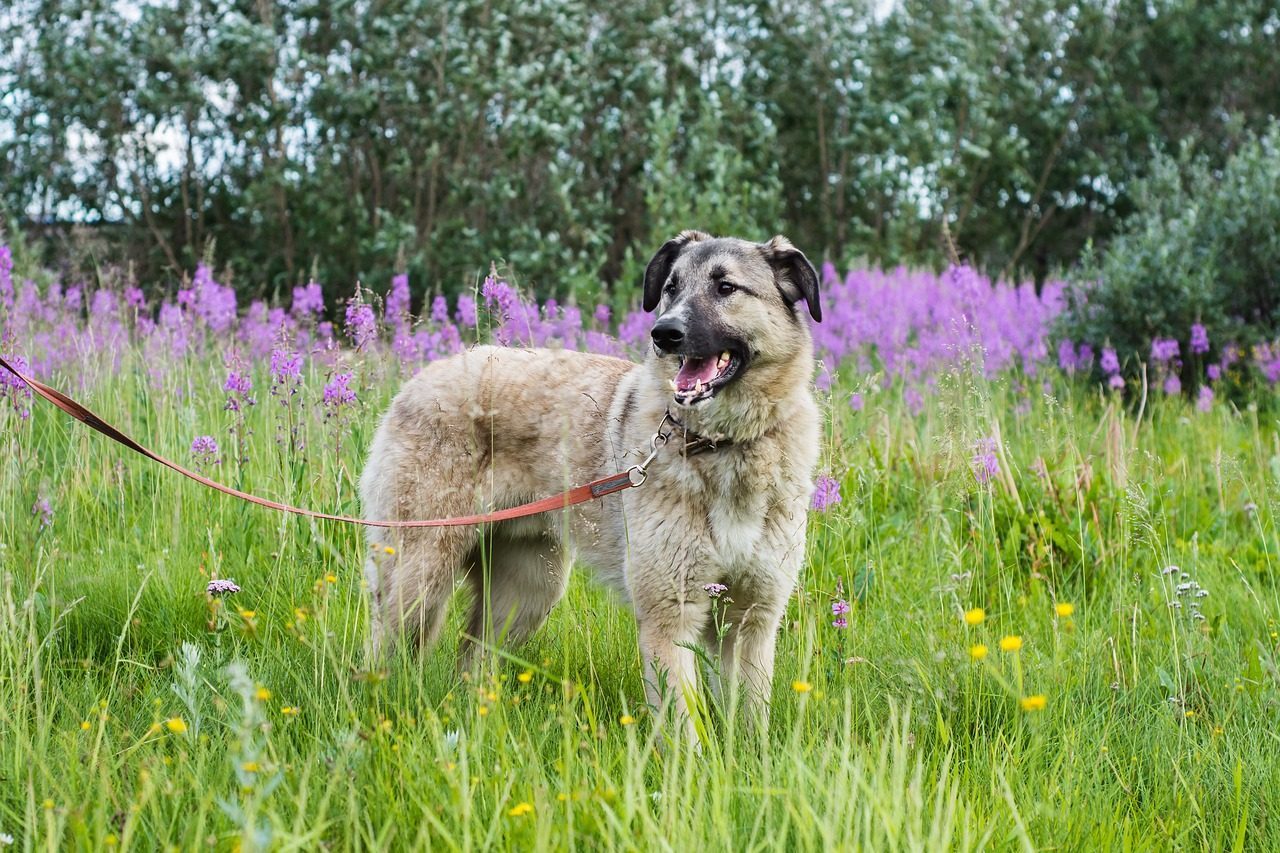
Choosing improper walking gear ranks among the most damaging mistakes dog owners make. Collars put pressure on your dog’s neck, creating risks of strangulation, neck injury, discomfort, and stress. Many pet parents stick with traditional collars simply because they’ve always used them, not realizing the harm they might cause.
Retractable leashes create dangerous situations by allowing too much freedom in hazardous areas and making it difficult to maintain control, with some larger breeds even breaking them and causing skin burns. The constant tension from these extending mechanisms can also confuse your dog about proper walking etiquette. Switch to a well-fitted harness and a standard six-foot leash for safer, more comfortable walks.
Ignoring Weather Conditions and Ground Temperature
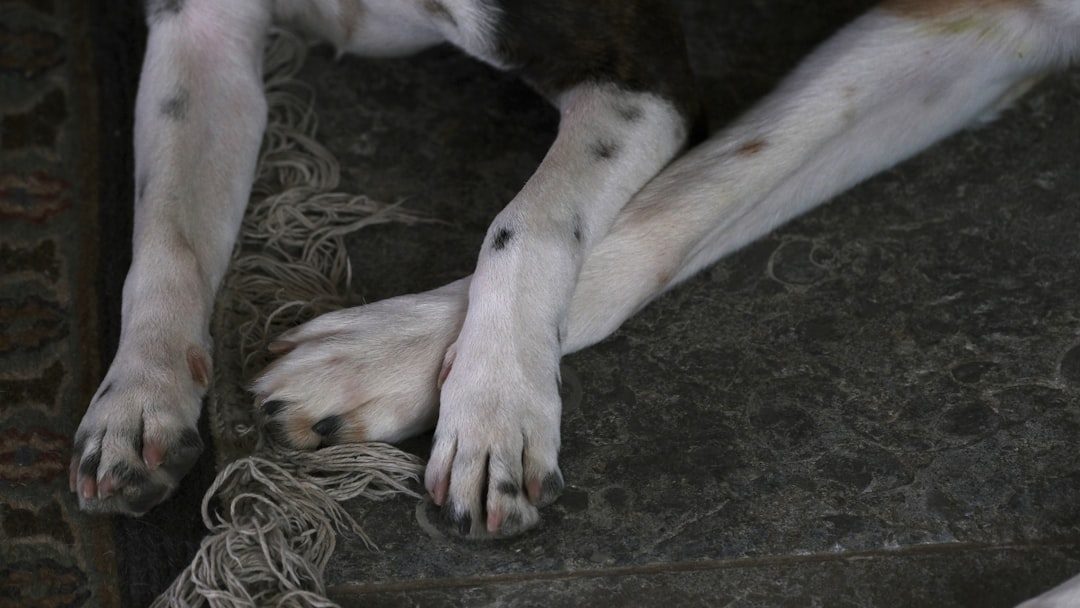
Hot concrete, asphalt, or sandy beaches can burn your dog’s tender foot pads, and if the surface is too hot for you to place your hand on for 5-7 seconds, it’s too hot for your dog to walk on. This simple test can prevent painful paw burns that many owners only discover after the damage is done. Summer sidewalks become scorching surfaces that can cause severe injury within minutes.
The general rule states that if it’s too hot or cold for you to be outside comfortably, it’s too extreme for your dog as well. Winter conditions require equal attention, as booties protect dogs from chemical irritation when walking on snowy or icy sidewalks treated with salt or de-icing compounds. Smart scheduling around extreme temperatures keeps both you and your pet safe and comfortable.
Skipping Basic Training Before Walks

Before venturing outdoors, ensure your dog knows basic commands like “sit,” “stay,” “come,” and “leave it,” as training provides control and ensures safety for everyone during walks. Too many owners assume their dogs will naturally understand walking etiquette without proper instruction. This oversight leads to pulling, lunging, and potentially dangerous situations when distractions appear.
Having leash control is important, but voice command backup is essential since your dog should sit, stay, or come when called, so spend time reviewing basic obedience skills before hiking. Think of training as insurance for unexpected moments when quick responses could prevent accidents or conflicts with other dogs and people.
Failing to Clean Up After Your Dog
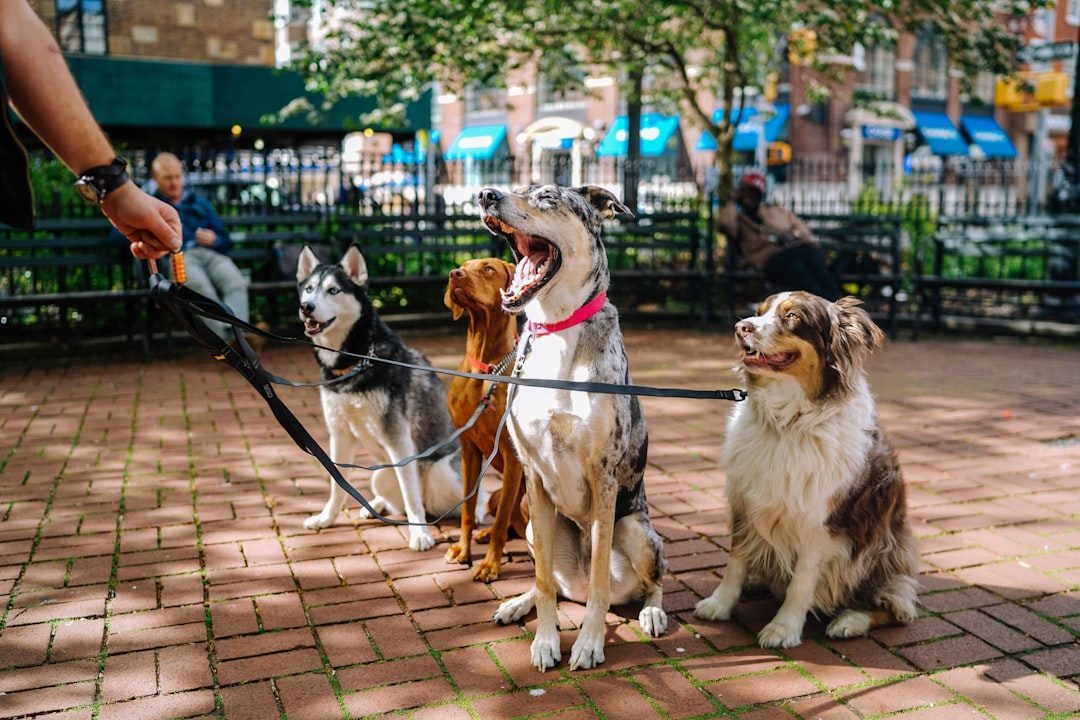
Many dog owners forget to pick up dog waste on walks, creating health hazards and contributing to negative perceptions of dog owners in communities. Dog waste spreads parasites and bacteria to other dogs while littering outdoor spaces, as it’s toxic and harbors dangerous viruses and bacteria. This seemingly small oversight can have far-reaching consequences for public health and access to dog-friendly areas.
Leaving dog waste behind risks someone stepping in it or children accidentally touching it while playing, and could result in your favorite walking spot implementing a dog ban. Always carry waste bags and dispose of them properly in designated bins. Your responsibility as a pet owner extends beyond your own property, contributing to community cleanliness and maintaining positive relationships with neighbors.
Allowing Excessive Leash Pulling
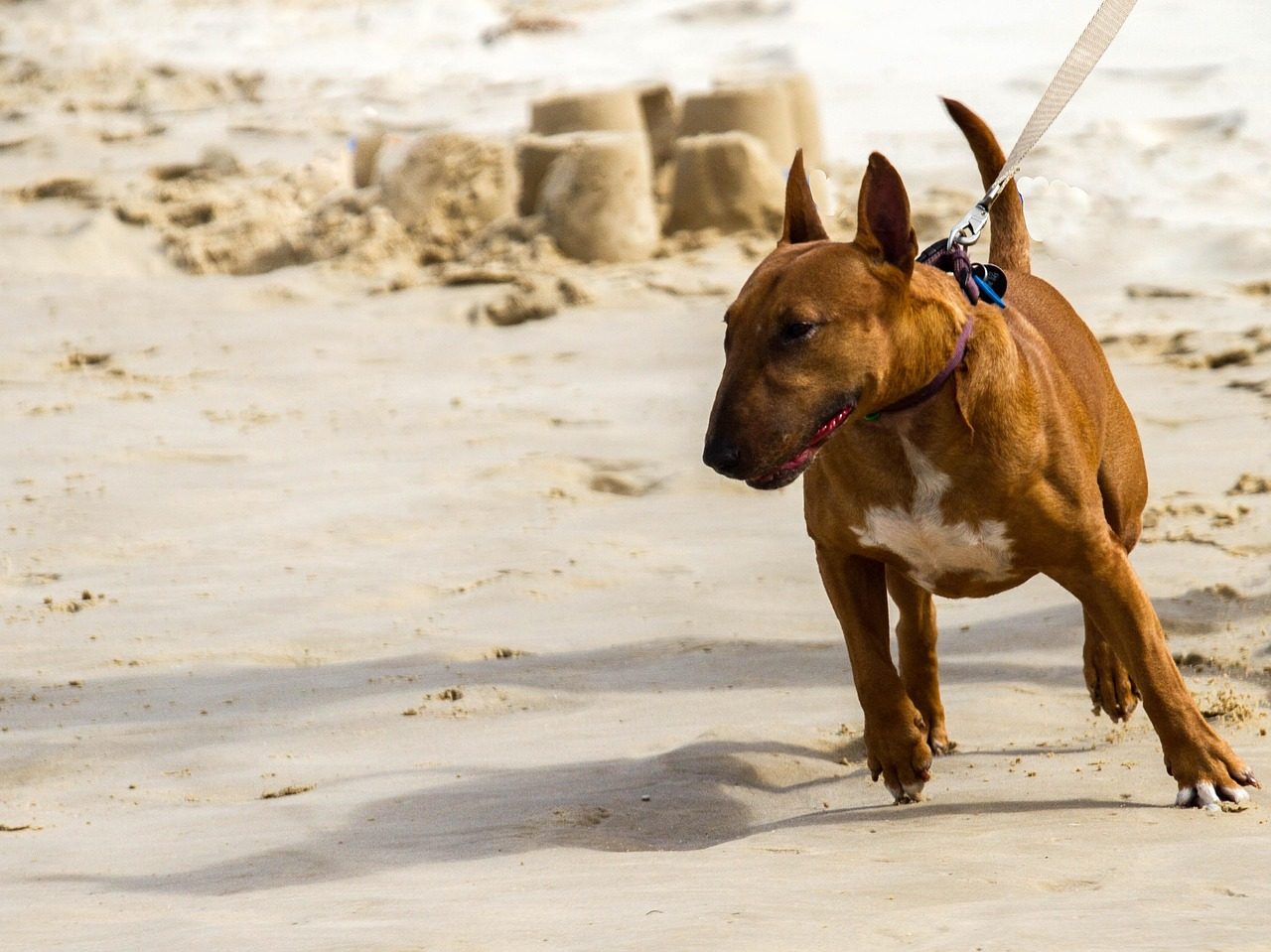
Leash pulling is a common struggle, usually occurring because something grabs their attention, they think you’re walking too slow, or they’re excited, but it can lead to accidents like losing balance or straining arms and shoulders. When dogs constantly pull, they’re essentially controlling the walk and potentially putting everyone at risk. The physical strain on your body accumulates over time, leading to chronic pain and discomfort.
When dogs pull, they take control of the walk, making it difficult to keep situations safe and calm, so stop walking and wait until they return to your side or the leash loosens, then continue. Consistency in this approach teaches your dog that pulling gets them nowhere while calm walking gets rewarded with forward progress.
Neglecting Proper Identification

Place an ID tag with your dog’s name and your phone number on the collar, as collar tags provide quick identification making you only a cell phone call away. Even the most well-behaved dogs can slip away during unexpected moments, and proper identification dramatically increases reunion chances. A simple tag costs very little but provides immeasurable peace of mind during outings.
Since collars or ID tags can be lost, microchips provide more permanent identification and added safety, with veterinary hospitals and rescue facilities reuniting many dogs and owners by reading microchips. Consider microchipping as essential backup identification that can’t fall off or become damaged during adventures.
Walking Immediately After Meals
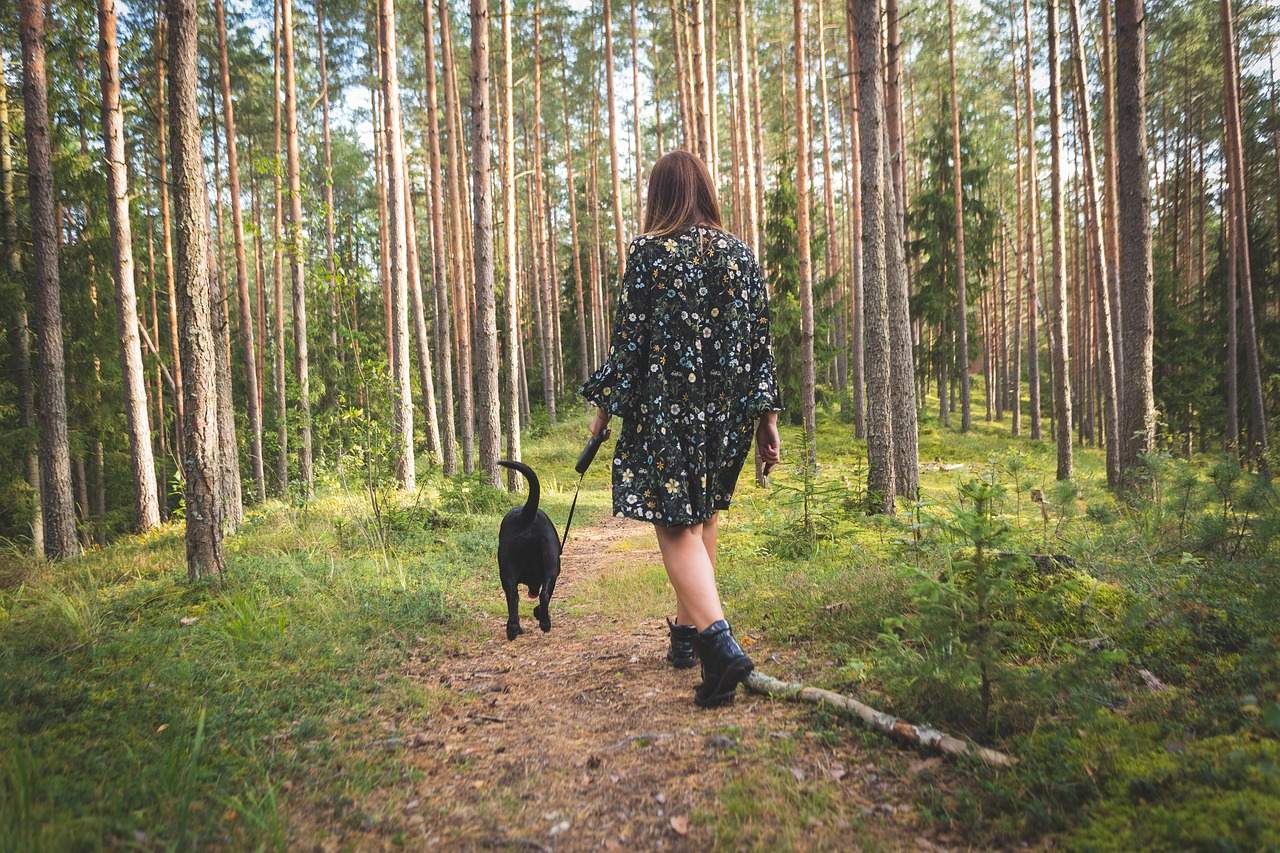
Avoid going on long walks within an hour of your dog eating a large meal, as this reduces the risk of stomach bloat which can be harmful. Bloat represents a serious medical emergency that can be fatal if not treated immediately. Many owners don’t realize that vigorous exercise too soon after eating creates dangerous conditions in their dog’s digestive system.
Instead of post-meal walks, time your outings for before breakfast or dinner when your dog’s stomach is empty. This scheduling also creates positive associations with returning home to food rewards. Your dog will appreciate the comfortable timing, and you’ll avoid potentially life-threatening complications from poor meal and exercise coordination.
Avoiding Socialization Opportunities
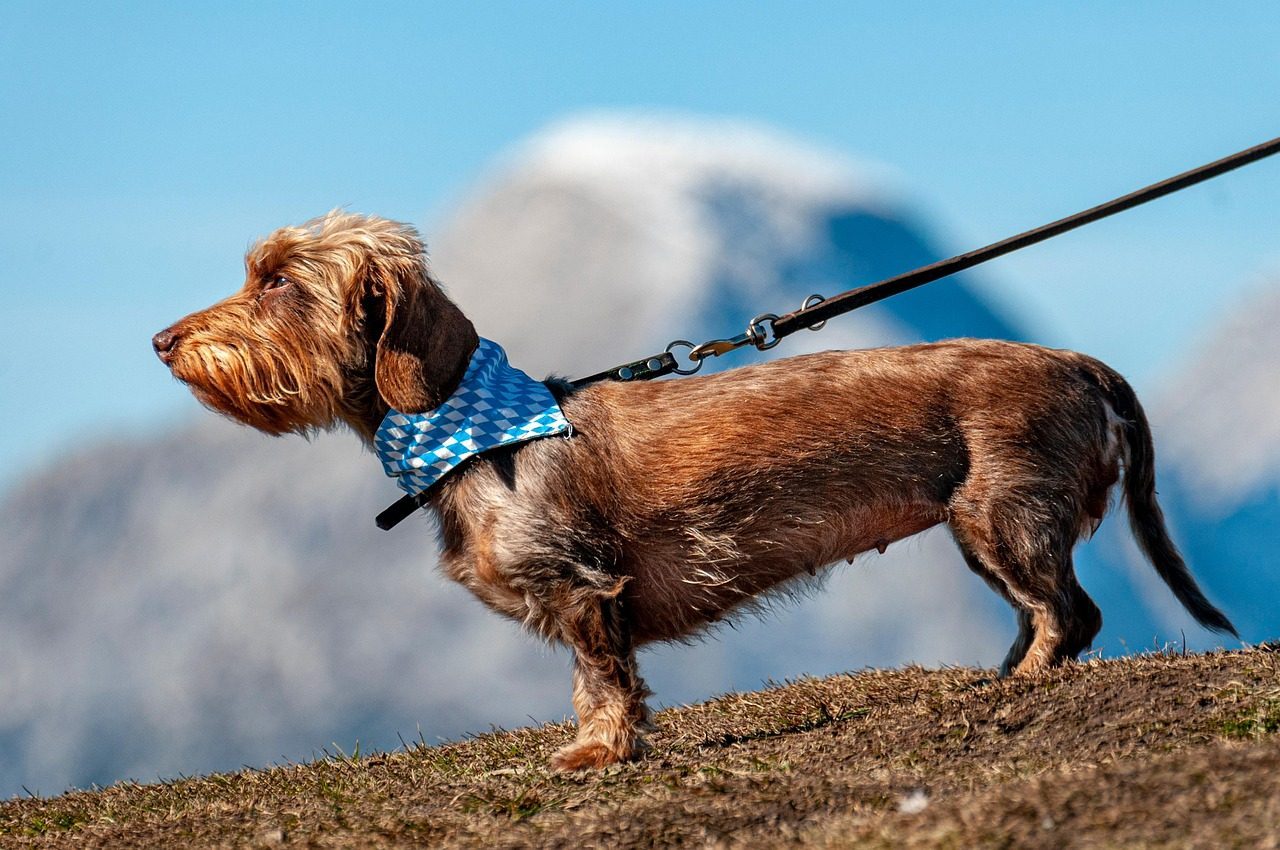
Another mistake dog owners make is shutting down socialization opportunities, as dogs are naturally curious and social, so if they’re interested in well-behaved dogs or people, try not to pull them away immediately since interaction helps foster good mental health and behavioral development. Overprotective owners sometimes prevent valuable learning experiences that help dogs develop confidence and appropriate social skills.
This socialization is especially important for young puppies, though always get permission from others before allowing your dog to enter their physical space. Balanced socialization means allowing appropriate interactions while maintaining control and respecting boundaries. Your dog needs exposure to different people, animals, and environments to develop into a well-adjusted companion.
Using Punishment-Based Training Methods

Experts advise avoiding reprimanding dogs or using punishment like pulling on collars, as research shows aversive-based training causes stress and confusion in dogs, leading to poor behavior possibly because they don’t understand. Punishment-based approaches often backfire, creating fearful or reactive dogs rather than well-behaved companions. The stress from harsh corrections can actually worsen behavioral problems you’re trying to solve.
Positive reinforcement is proven effective and promotes teaching dogs what we want them to do, such as having good manners, rather than focusing on undesired behaviors. Reward-based training creates eager, confident dogs who want to please rather than fearful animals who comply only to avoid punishment. This approach builds stronger bonds between you and your pet while achieving better long-term results.
Being Inattentive During Walks
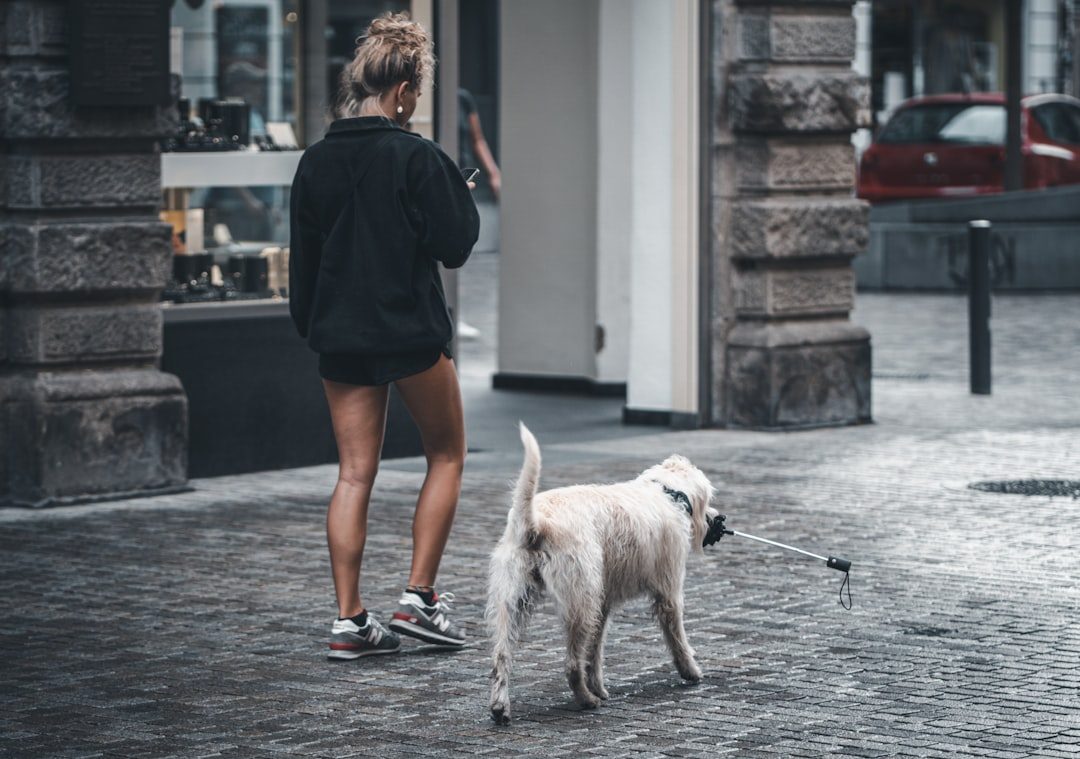
Putting your phone away and staying alert is crucial, as one of the best ways to prevent injury is engaging with your dog on walks and frequently scanning the environment for hazards. Distracted walking leads to missed warning signs, missed training opportunities, and increased accident risks. Your attention should focus on your dog and surroundings rather than digital distractions.
Data shows thousands of people per year seek treatment for leash-walking injuries, with most occurring in people aged 40-64 and including finger fractures, traumatic brain injuries, and shoulder injuries. Staying present and alert prevents these preventable accidents while ensuring you notice when your dog needs guidance or redirection during the walk.
Conclusion
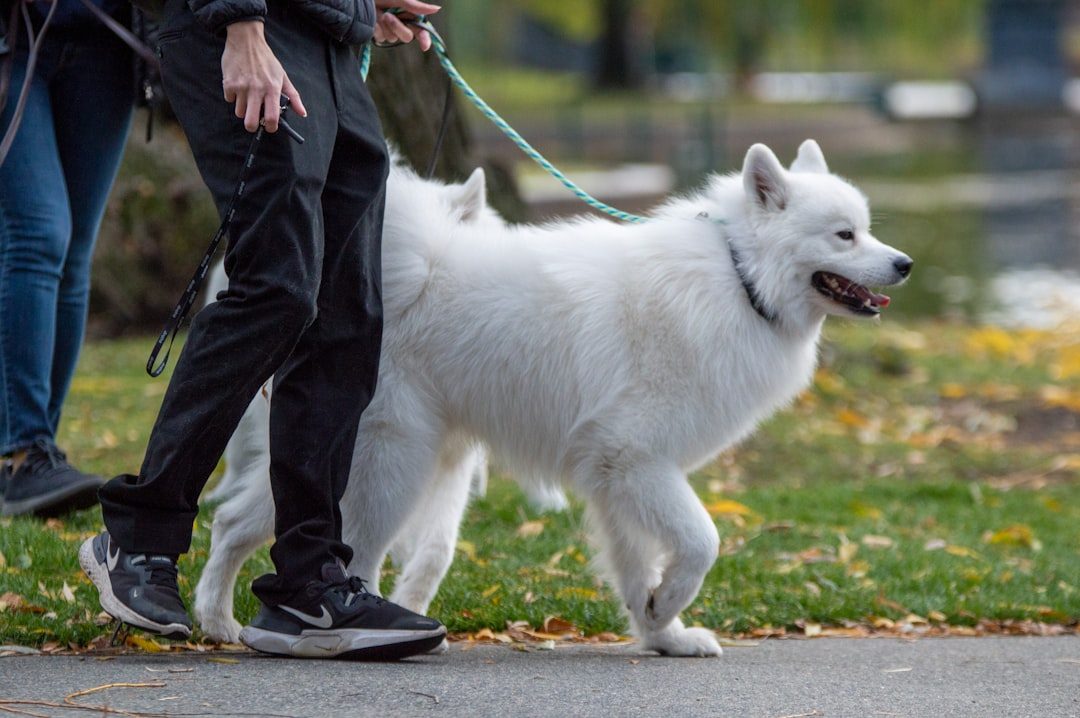
Mastering proper dog walking techniques transforms daily outings from potential disasters into enjoyable bonding experiences. The key lies in preparation, patience, and consistency rather than hoping everything will work out naturally. Remember that every walk is a training session and an opportunity to strengthen your relationship with your furry companion.
By avoiding these ten common mistakes, you’re setting both yourself and your dog up for years of safe, pleasant adventures together. What mistakes have you caught yourself making during walks? Share your experiences in the comments below.

Andrew Alpin from India is the Brand Manager of Doggo digest. Andrew is an experienced content specialist and social media manager with a passion for writing. His forte includes health and wellness, Travel, Animals, and Nature. A nature nomad, Andrew is obsessed with mountains and loves high-altitude trekking. He has been on several Himalayan treks in India including the Everest Base Camp in Nepal.

